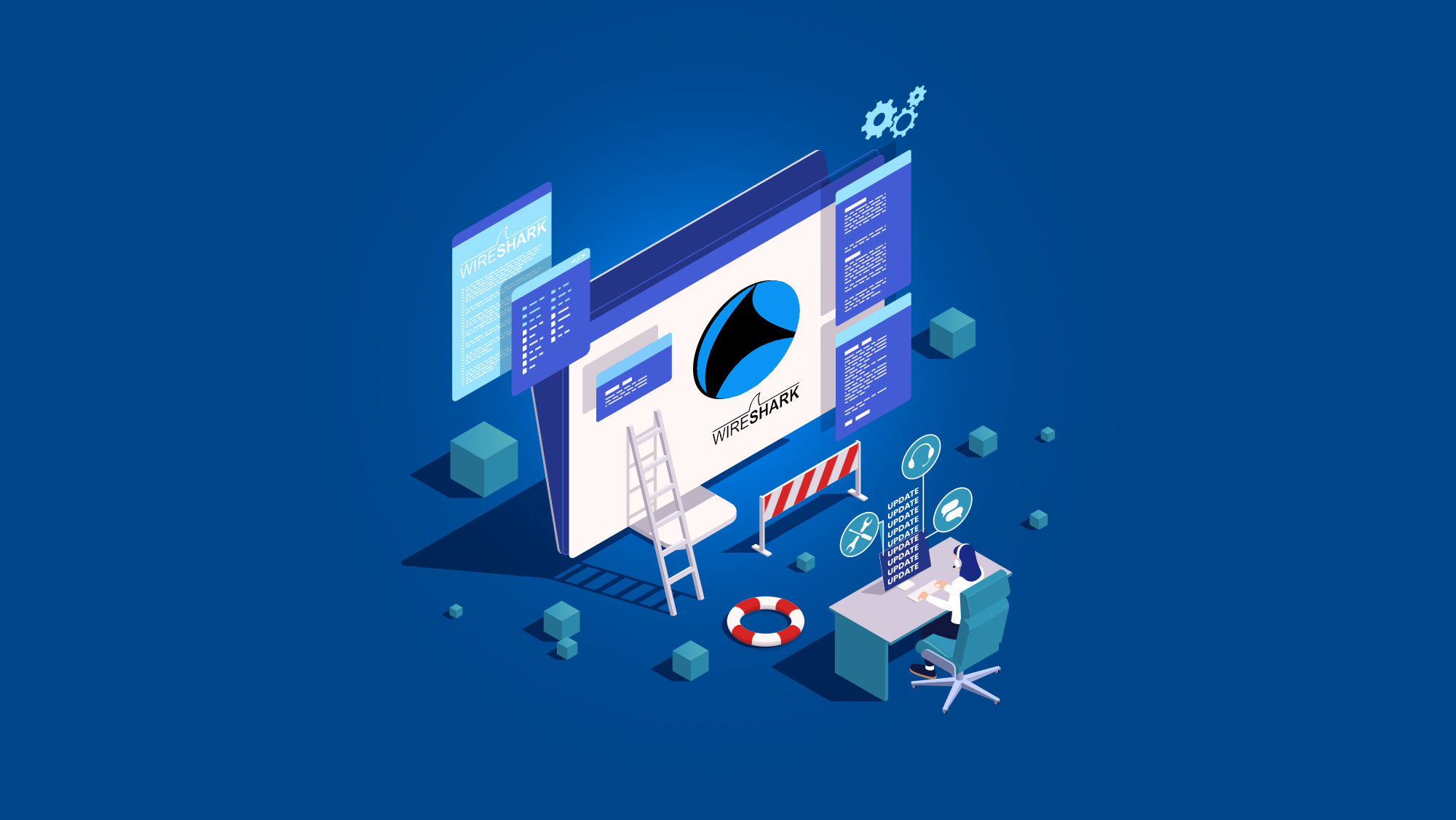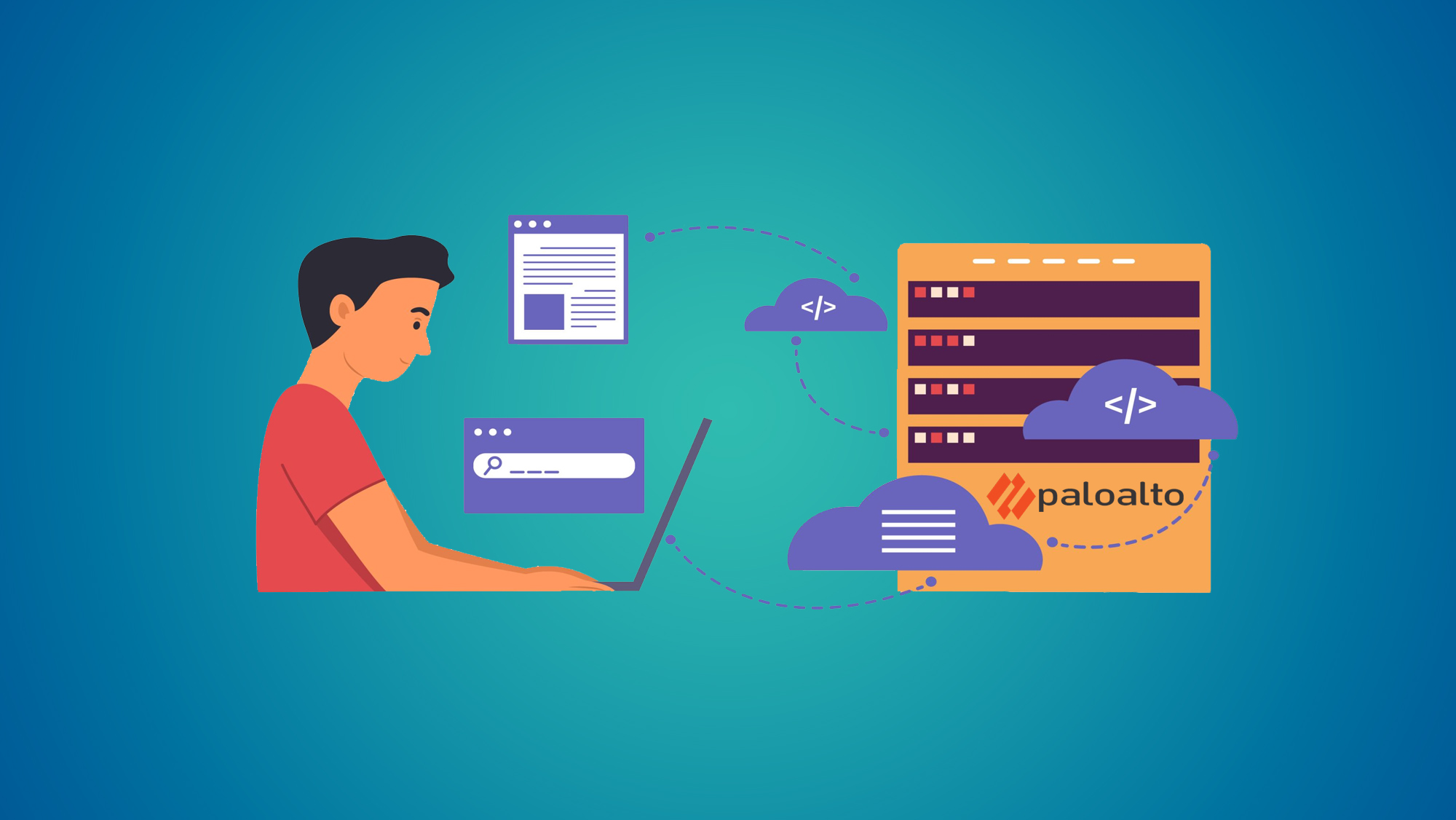Mastering Wireshark: Tips for Effective Network Troubleshooting
Introduction:
In the realm of network troubleshooting, Wireshark stands as a powerful tool for analyzing network traffic and resolving issues. By mastering Wireshark's capabilities and utilizing expert tips and tricks, network administrators and engineers can enhance their troubleshooting skills and improve overall network performance. In this blog, we will explore key tips for effectively utilizing Wireshark to troubleshoot network problems and gain valuable insights into network behavior.
1. Understanding Wireshark Basics
Begin by familiarizing yourself with the basics of Wireshark, including installation, capturing packets, and navigating the user interface. Explore its features such as filters, packet display options, and statistics.
2. Capturing and Filtering Packets
Learn effective packet capturing techniques using Wireshark's various capture options. Filter captured packets based on specific criteria such as IP addresses, protocols, or port numbers to focus on relevant data.
3. Analyzing Packet Details
Dive into packet analysis by examining individual packets and their details. Understand packet headers, protocols, and data payloads to identify anomalies or potential issues.
4. Leveraging Wireshark's Analytical Features
Discover Wireshark's built-in analytical features, such as the Expert Info, TCP Stream Graph, and IO Graph. Utilize these tools to identify performance bottlenecks, congestion issues, and abnormal network behavior.
5. Advanced Troubleshooting Techniques
Master advanced troubleshooting techniques with Wireshark, including detecting network latency, analyzing DNS issues, identifying network security threats, and troubleshooting application-specific problems.
6. Collaborating with Other Tools
Explore the integration of Wireshark with complementary tools such as TShark, tcpdump, or scripting languages. Combine their capabilities to automate tasks, extract valuable information, or perform in-depth analysis.
7. Examining Network Protocols
Deepen your understanding of network protocols by analyzing their behavior using Wireshark. Study protocols like TCP, UDP, DNS, HTTP, and HTTPS to detect anomalies, resolve issues, and optimize network performance.
8. Real-world Case Studies
Explore real-world case studies or scenarios where Wireshark was instrumental in resolving complex network issues. Understand how to apply Wireshark's features and techniques to practical situations.
9. Continuous Learning and Community Support
Stay updated with the latest developments in Wireshark and network troubleshooting methodologies. Engage with the Wireshark community, forums, and resources to learn from experienced professionals and exchange knowledge.
Conclusion:
Mastering Wireshark is essential for effective network troubleshooting. By following these tips and utilizing the powerful features of Wireshark, network professionals can gain valuable insights into network traffic, identify and resolve issues efficiently, and optimize network performance. Embrace the continuous learning journey and leverage the support of the Wireshark community to become a proficient troubleshooter armed with the expertise of Wireshark.
You May Also Like
These Related Stories

Everything You Need to Know About Wireshark Training

Securing Networks with Wireshark: Detect & Mitigate Cyber Threats




No Comments Yet
Let us know what you think